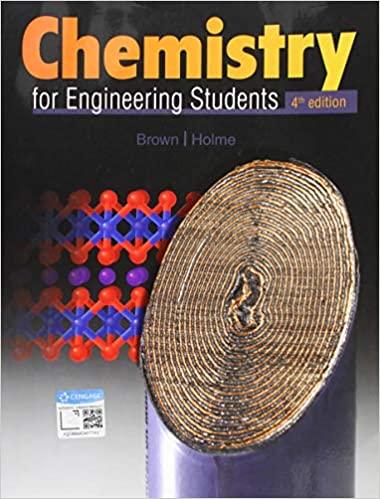In Example Problem 4.3, we used the reaction that produces P 4 S 3 , one of
Question:
In Example Problem 4.3, we used the reaction that produces P4S3, one of the reactants in the combustion of a match:
![]()
If 28.2 g of P4 is allowed to react with 18.3 g of S8, which is the limiting reactant?
Strategy We can choose either reactant and determine how much of the other reactant is required to consume it entirely. Comparing the amount calculated with the amount given in the problem will let us determine which reactant is limiting.
Data from example 4.3
Tetraphosphorus trisulfide, P4S3, is used in the manufacture of “strike anywhere” matches. Elemental phosphorus and sulfur react directly to form P4S3:
![]()
If we have 153 g of S8 and an excess of phosphorus, what mass of P4S3 can be produced by this reaction?
Strategy The heart of any stoichiometry problem is the balanced chemical equation that provides the mole ratio we need. We must convert between masses and the number of moles in order to use this ratio, first for the reactant, S8, and at the end of the problem for the product, P4S3. Molar masses provide the needed conversion factors. The phrase “excess of phosphorus” tells us that we have more than enough P4 to consume 153 g of S8 completely.
Step by Step Answer:

Chemistry For Engineering Students
ISBN: 9780357026991
4th Edition
Authors: Lawrence S. Brown, Tom Holme





